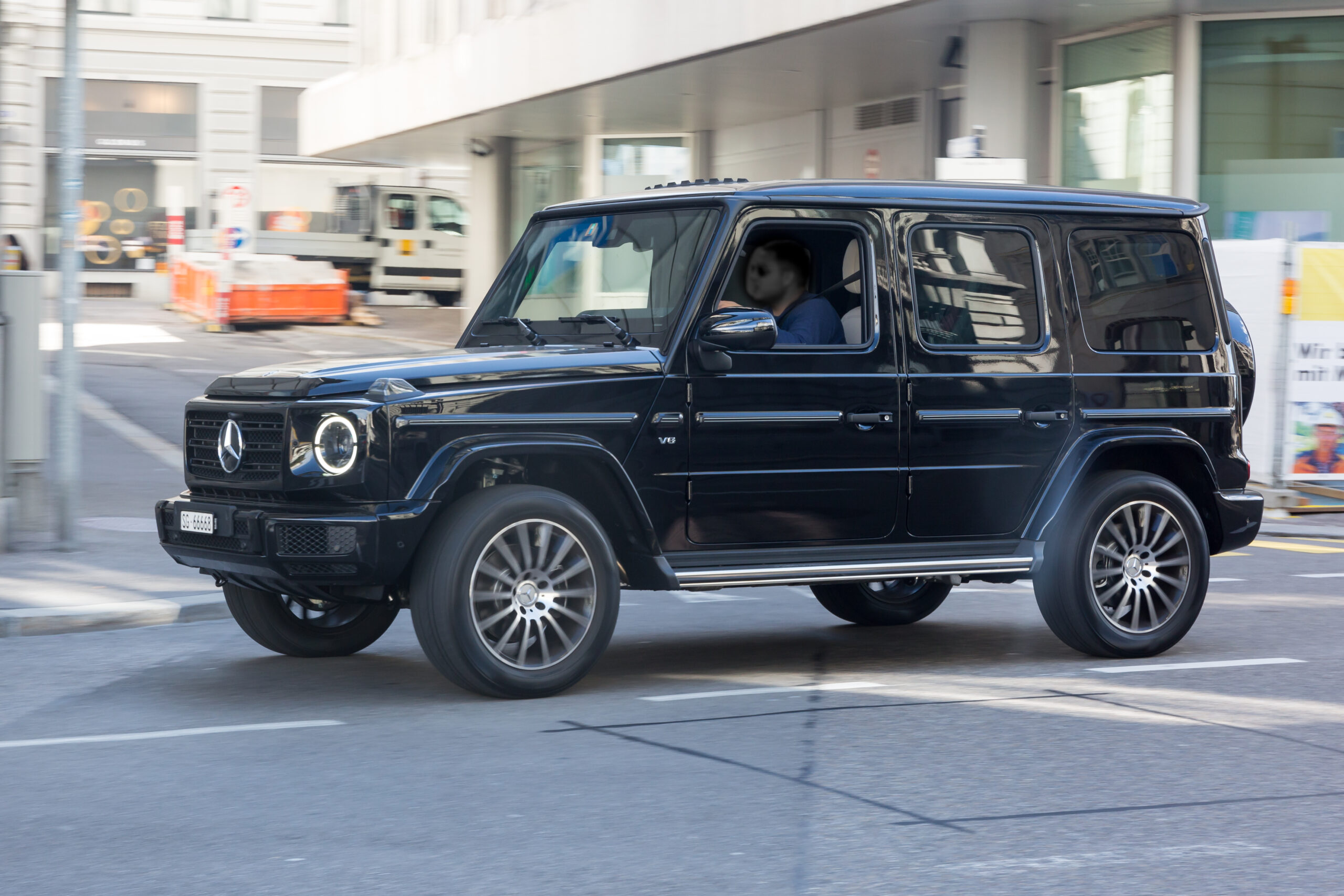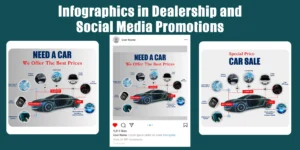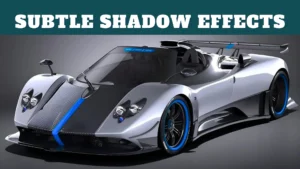Are you looking to enhance the quality of your car photos? Whether you’re a professional photographer or a passionate hobbyist, edit Car Photos can make all the difference in capturing attention and creating a lasting impression. In this comprehensive guide, we will take you through the essential steps of editing car photos, from basic adjustments to advanced techniques.
Starting with the fundamentals, we will cover how to fine-tune the exposure, color, and contrast of your car images to achieve a visually stunning result. We will then dive into more advanced techniques, such as removing unwanted elements, enhancing details, and adding creative effects to make your photos truly stand out.
With our easy-to-follow instructions and expert tips, you will learn how to use popular editing software to manipulate lighting, shadows, and highlights, giving your car photos that professional touch. We will also guide composition and framing to help you capture the perfect shot from the start.
No matter your skill level, this ultimate guide has everything you need to elevate your car photography and create captivating images that will impress viewers and potential clients alike. Get ready to take your car photos to the next level!
Table of Contents
ToggleEdit Car Photos: Basic adjustments for car photos
When it comes to editing car photos, starting with the basics is key. By fine-tuning the exposure, color, and contrast of your images, you can achieve a visually stunning result that brings out the best in your subject.
First, let’s talk about exposure. Adjusting the exposure allows you to control the brightness and darkness of your image. You can increase the exposure to brighten up a dark image or decrease it to add more drama and depth. Experiment with different exposure levels until you find the perfect balance.
Next, let’s move on to color adjustments. Colors play a vital role in car photography, as they can evoke different emotions and set the mood of the image. Use the color adjustment tools in your editing software to enhance the vibrancy and saturation of the colors. You can also tweak individual color channels to achieve a more balanced and pleasing result.
Lastly, let’s not forget about contrast. Adjusting the contrast can add depth and dimension to your car photos. Increase the contrast to make the colors pop and create a more dramatic effect. Decrease the contrast for a softer and more subtle look. Finding the right balance between highlights and shadows is crucial to creating a visually appealing image.
By mastering these basic adjustments, you will be well on your way to creating stunning car photos that grab attention and leave a lasting impression.
Enhancing colors and contrast
In addition to the basic adjustments, there are several techniques you can use to further enhance the colors and contrast of your car photos. These techniques will help you achieve a more polished and professional look.
One technique is selective color adjustment. This allows you to enhance or change the color of specific parts of the image while leaving the rest untouched. For example, you can make the color of the car stand out by desaturating the background or adding a complementary color to the wheels. This technique adds a creative touch to your car photos and helps draw the viewer’s attention to the main subject.
Another technique to consider is using gradient filters. Gradient filters allow you to selectively adjust the exposure, contrast, and color of different parts of your image. This is especially useful when you have a bright sky or a dark foreground that needs to be balanced. By applying a gradient filter, you can bring out the details in both the sky and the foreground, creating a more balanced and visually pleasing image.
Additionally, you can experiment with using color grading presets or creating your custom color grading. Color grading is the process of applying a specific color tone or style to your image. It can help create a cohesive look across your car photos and give them a distinct and professional feel. There are plenty of color grading presets available online that you can use as a starting point, or you can create your own by fine-tuning the color balance, hue, and saturation.
Adding effects and filters
To make your car photos truly stand out, consider adding creative effects and filters. These can help enhance the mood, create a unique style, and make your images more visually appealing.
One popular effect is the tilt-shift effect. This effect mimics the shallow depth of field typically seen in macro photography, making your car appear as if it’s a miniature model. The tilt-shift effect can add a whimsical and playful touch to your car photos, creating a sense of wonder and intrigue.
Another popular effect is the vintage or retro look. This effect adds a nostalgic and timeless feel to your images, giving them a classic and artistic vibe. You can achieve this effect by adjusting the color balance, adding film grain, and applying a vintage filter or preset.
If you want to add a more dramatic and cinematic effect to your car photos, consider experimenting with HDR (High Dynamic Range) techniques. HDR allows you to capture a wider range of tones and details, resulting in images that have more depth and impact. There is dedicated HDR editing software available that can help you merge multiple exposures and create stunning HDR car photos.
Lastly, don’t be afraid to experiment with different filters and presets to find your unique style. There are countless filters and presets available online, ranging from subtle adjustments to bold and dramatic effects. Take some time to explore different options and see how they can transform your car photos.
Removing blemishes and imperfections
No matter how well you capture and edit your car photos, there may still be blemishes and imperfections that need to be addressed. Fortunately, there are tools and techniques available to help you remove these distractions and make your images look flawless.
One common issue in car photography is dust and dirt on the car’s surface. To remove these blemishes, you can use the spot healing brush or clone stamp tool in your editing software. These tools allow you to sample a clean area of the image and apply it to the blemished area seamlessly. Be careful not to overdo it, as excessive editing can make the image look unnatural.
Another challenge in car photography is reflections and glare. While reflections can add interest and dimension to an image, they can also be distracting if they obscure important details. To reduce reflections, you can use a polarizing filter when shooting or use the clone stamp tool to selectively remove them in post-processing. Additionally, you can experiment with adjusting the highlights and shadows to minimize the glare and make the details more visible.
In some cases, you may encounter more complex imperfections, such as scratches or dents on the car’s body. These imperfections can be challenging to remove, but with patience and careful editing, they can be minimized or even eliminated. Use the healing brush tool or the patch tool to carefully blend the imperfections with the surrounding areas. Take your time and zoom in to ensure a seamless result.
Creating a professional car photo portfolio
Now that you’ve honed your car photo editing skills, it’s time to showcase your work to the world. A professional car photo portfolio is essential for attracting clients, getting your work noticed, and establishing yourself as a reputable car photographer.
Start by selecting your best car photos and organizing them into a cohesive and visually appealing portfolio. Consider the flow and arrangement of the images to create a story or a theme. You can group the photos by car make or model, by location, or by a specific style or technique. The goal is to present your work in a way that is engaging and memorable.
Next, create a website or an online portfolio where you can showcase your car photos. There are numerous platforms available that cater specifically to photographers, offering customizable templates and easy-to-use interfaces. Make sure your website is visually appealing, easy to navigate, and mobile-friendly, as many potential clients will be viewing your portfolio on their smartphones or tablets.
In addition to your website, consider utilizing social media platforms to promote your car photography. Instagram, in particular, is a popular platform for showcasing visual content and connecting with potential clients. Create an Instagram account dedicated to your car photography and regularly update it with your latest work. Engage with the photography community, follow relevant hashtags, and interact with potential clients to expand your reach and build a network.
Lastly, don’t forget to update your portfolio regularly with new and fresh content. As you continue to grow and evolve as a car photographer, your portfolio should reflect your latest work and style. Consider revisiting old photos and re-editing them with your newfound editing skills. This will not only keep your portfolio up to date but also showcase your growth and improvement as a photographer.
Advanced techniques for car photo editing
Once you’ve mastered the basics and explored various effects and filters, it’s time to take your car photo editing skills to the next level with some advanced techniques. These techniques will help you push the boundaries of your creativity and create truly captivating images.
One advanced technique to consider is focus stacking. Focus stacking is a method where you capture multiple images at different focus distances and blend them to create a final image that is sharp from front to back. This technique is particularly useful when you want to capture a car with intricate details or a wide-angle shot with a shallow depth of field. By combining the in-focus areas of each image, you can create a final image that is tack-sharp throughout.
Another advanced technique is compositing. Compositing involves combining multiple images to create a final image that couldn’t be achieved in a single shot. This technique is often used in car photography to add interesting backgrounds or to showcase the car uniquely and creatively. With compositing, the possibilities are endless, allowing you to create truly one-of-a-kind images.
Additionally, you can experiment with different lighting techniques to create more dynamic and dramatic car photos. Consider using off-camera flash or continuous lighting to add depth, shadows, and highlights to your images. By manipulating the lighting, you can create a sense of drama and bring out the textures and contours of the car.
Tools and software for car photo editing
To edit car photos effectively, you need the right tools and software at your disposal. Fortunately, there are many options available, ranging from beginner-friendly software to advanced editing suites used by professionals.
One popular choice among photographers is Adobe Lightroom. Lightroom is known for its user-friendly interface, powerful editing tools, and seamless integration with other Adobe software. It allows you to organize, edit, and share your car photos efficiently. With its non-destructive editing capabilities, you can experiment freely without fear of losing your original files.
Another popular option is Capture One. Capture One is praised for its exceptional image quality and advanced editing capabilities. It offers a wide range of tools and features specifically designed for professional photographers, making it a favorite among those who require precise control over their car photo editing.
If you prefer a more comprehensive editing suite, Adobe Photoshop is the industry standard. Photoshop offers endless possibilities for manipulating and enhancing your car photos. From removing unwanted elements to creating complex composites, Photoshop is a powerful tool that allows you to push the boundaries of your creativity.
For those on a budget or looking for a simpler solution, there are also free editing software available. GIMP and Paint.NET are two popular options that offer a wide range of editing tools and features without the price tag. While they may not have all the advanced capabilities of paid software, they are still capable of producing high-quality results.
Ultimately, the choice of editing software depends on your specific needs, budget, and level of expertise. It’s worth experimenting with different software to find the one that suits your workflow and editing style.
Car photo editing tutorials and resources
To further enhance your car photo editing skills, there are numerous tutorials and resources available online. These tutorials provide step-by-step instructions, expert tips, and real-world examples to help you master various editing techniques.
One popular website for photography tutorials is YouTube. Many professional photographers and editing experts share their knowledge and techniques through video tutorials. From basic editing tips to advanced retouching techniques, you can find a wealth of information that caters specifically to car photography.
Another valuable resource is online photography forums and communities. These platforms allow photographers to connect, share their work, and exchange ideas. You can find dedicated car photography forums where members discuss editing techniques, share their favorite presets, and provide constructive feedback on each other’s work. Engaging with these communities can not only expand your knowledge but also provide valuable networking opportunities.
Additionally, many photography magazines and websites offer in-depth tutorials and articles on editing techniques. These resources often feature insights from industry professionals and showcase the latest trends in car photography. By staying informed and continuously learning, you can stay ahead of the curve and ensure that your car photos are always fresh and relevant.
Conclusion
Editing car photos is an essential skill for any car photographer. By mastering the basic adjustments, enhancing colors and contrast, removing blemishes and imperfections, and adding creative effects and filters, you can create car photos that grab attention and leave a lasting impression.
With the advanced techniques discussed in this guide, you can push the boundaries of your creativity and create truly captivating images. By creating a professional car photo portfolio and utilizing the right tools and software, you can showcase your work to potential clients and establish yourself as a reputable car photographer.
Remember, learning is a continuous process, and there are always new techniques and trends to explore. Stay curious, experiment with different editing styles, and never stop improving your skills. With dedication and practice, you can elevate your car photography and create images that inspire and captivate viewers.










